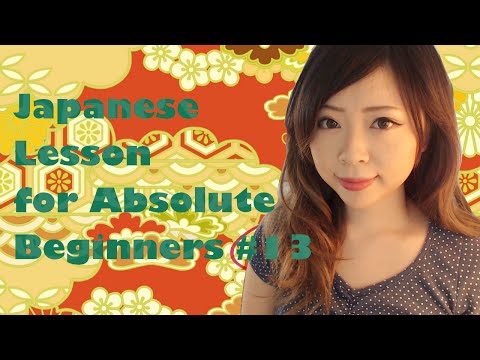what does the ita serve as in this sentence?
The sentence doesn’t have “いた”. But usually it’s the past form of いる (います). (= “to be” or “exist” for living things)
A very common usage is a verb in the て-Form followed by いる (います) OR いた (いました).
It is similar to the “-ing” form in English.
-ている / -ています (present) is doing.
-ていた / -ていました(past) was doing.
For example:
食べる (たべる) = (to) eat
…を食べていた。was eating …
Sometimes the い is dropped in that form, especially in spoken Japanese it sounds more natural.
…を食べてる。
…を食べてた。
…を食べてます。
…を食べてました。
Here are more examples and explanations:

